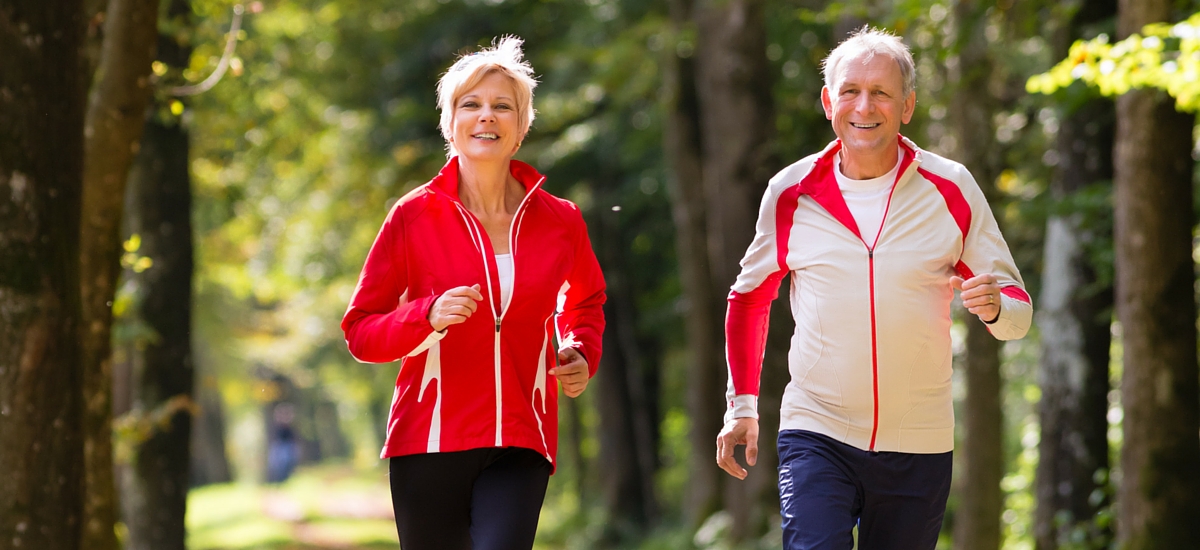

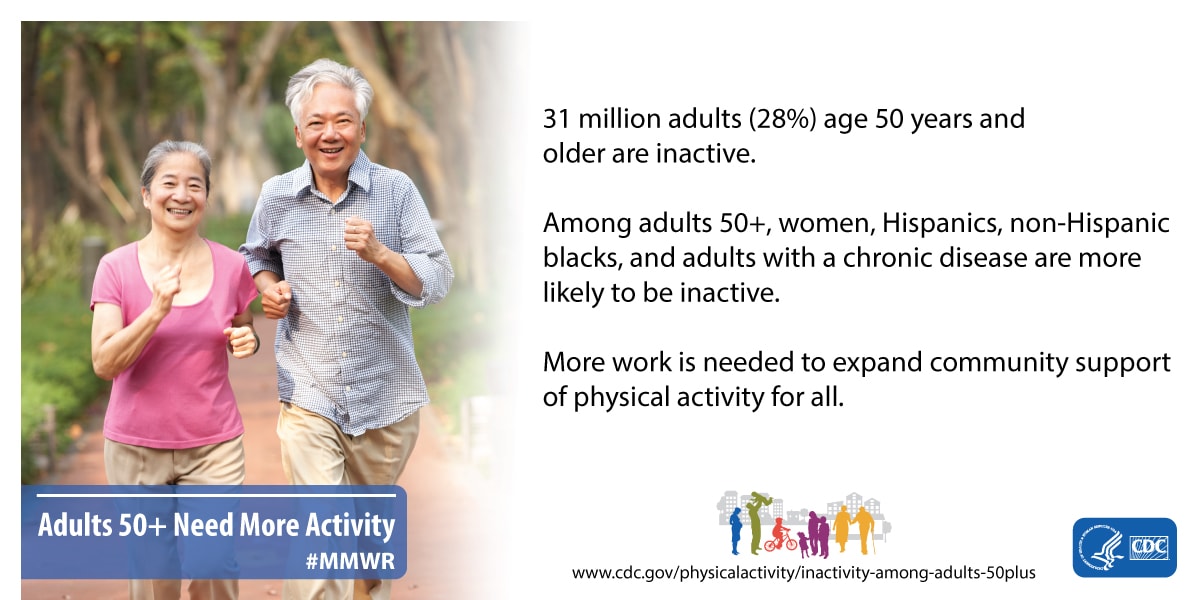
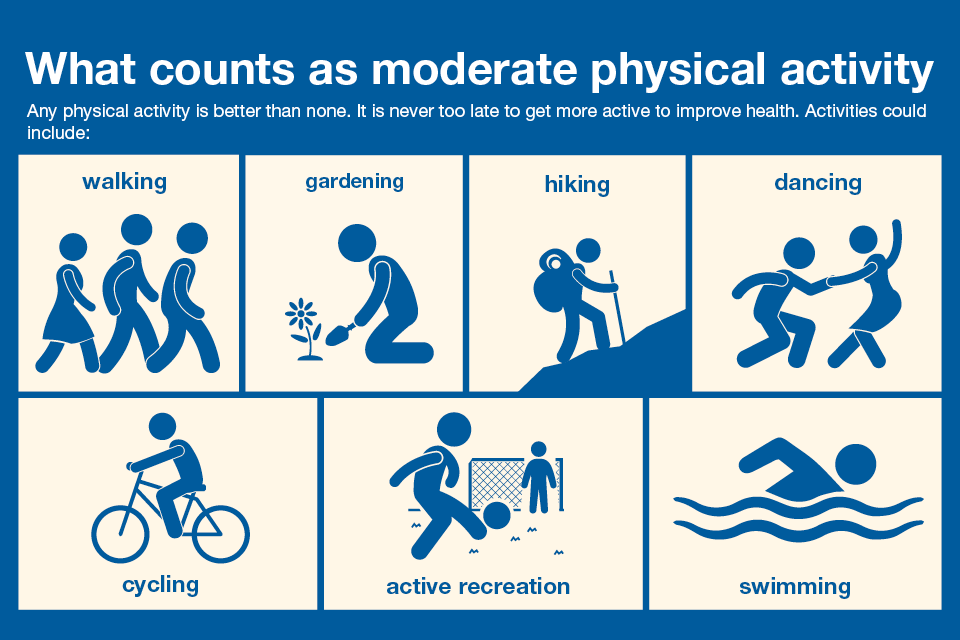
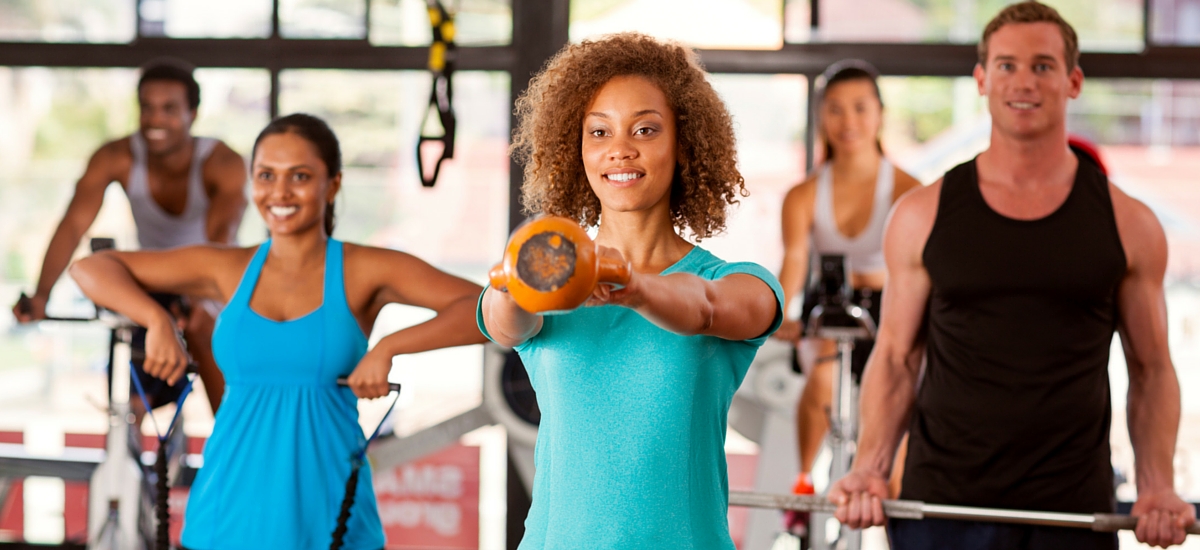

Trusted information on physical activity guidelines for older adults and the elderly including moderate-intensity and vigorous-intensity aerobic activity.
Insufficient physical activity is a key risk factor for noncommunicable diseases (NCDs) such as cardiovascular diseases, cancer and diabetes.
The American Heart Association offers these guidelines for physical activity.
Whilst the continuation of relatively high levels of intellectual activity is linked with the maintenance of cognitive skills in older age, exercise is important to maintain physical fitness of the body as we age.
How much physical activity do you need? Regular physical activity helps improve your overall health and fitness, and reduces your risk for many chronic diseases.
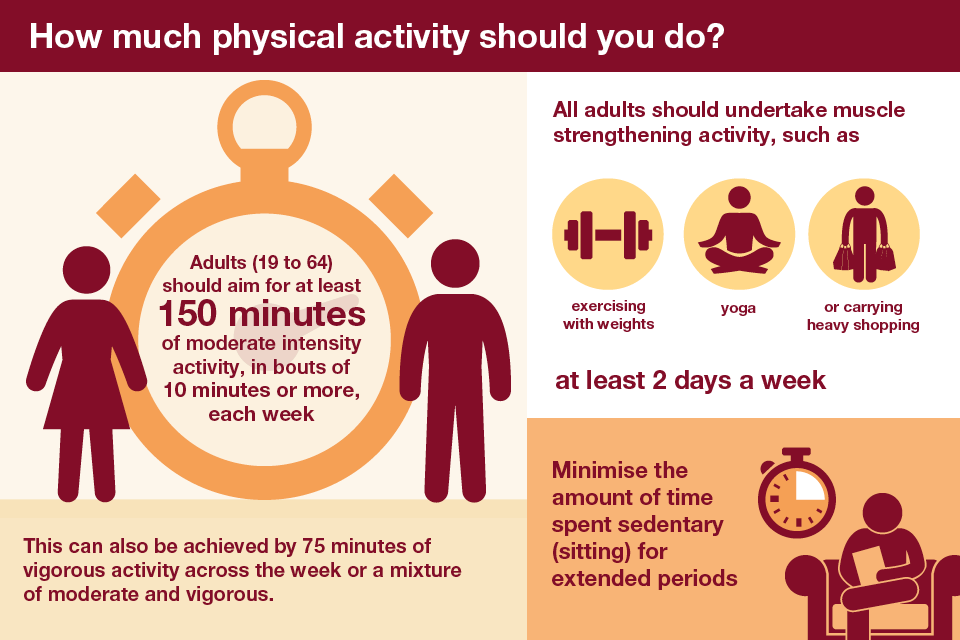
According to the 2008 Physical Activity Guidelines for Americans, you need to do two types of physical activity each week to improve your health–aerobic and …
National Arthritis Awareness Month, observed during the month of May, aims to bring awareness to the growing prevalence of arthritis, the need for additional research and advocacy, and to encourage physical activity among the millions of adults with arthritis. The National Recreation and Park
Recommended levels of physical activity for adults. Physical Activity and Adults Recommended levels of physical activity for adults aged 18 – 64 years
Physical activity guidelines for adults, aged 19-64, for general health and fitness, including tips on how to achieve 150 minutes of activity a week.

Physical activity is any body movement that works your muscles and requires more energy than resting. Walking, running, dancing, swimming, yoga, and gardening are a few examples of physical activity. According to the Department of Health and Human Services’ 2008 Physical Activity Guidelines for